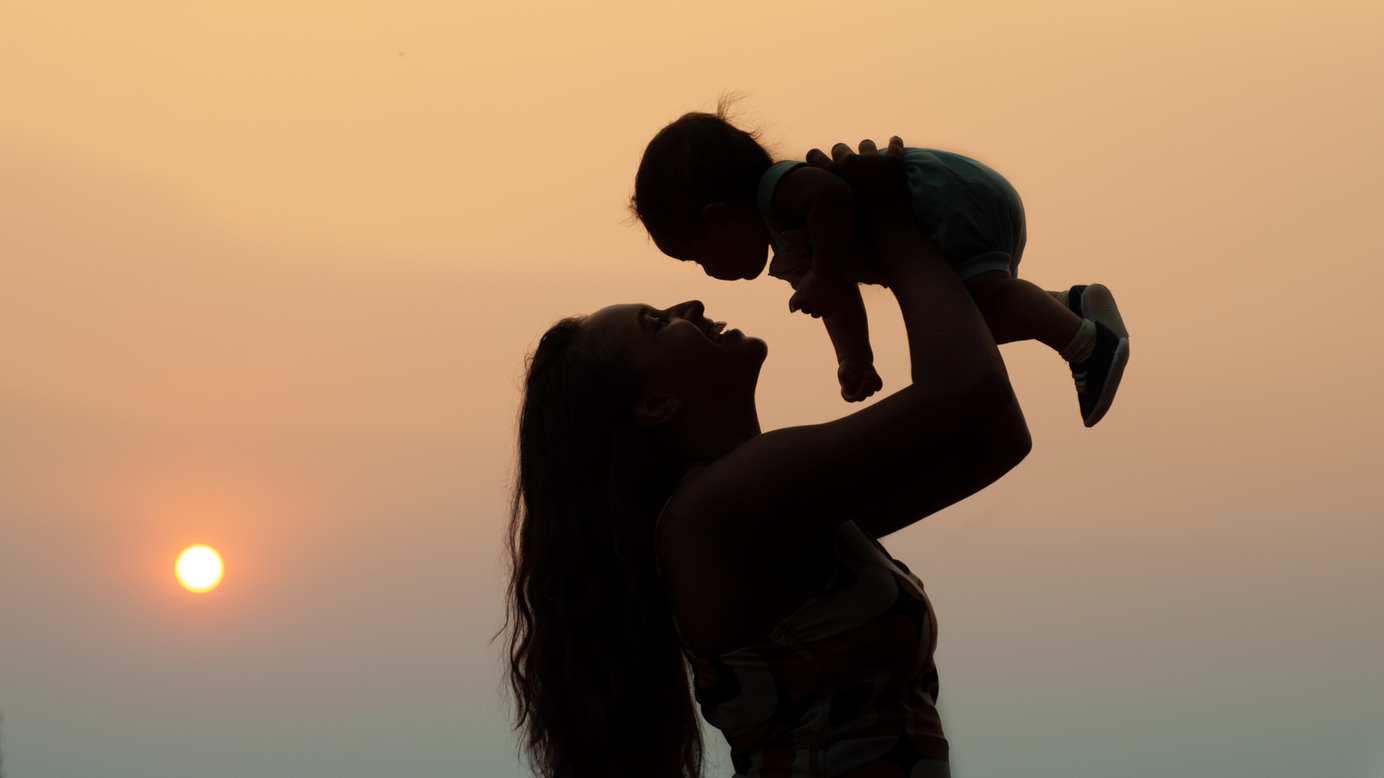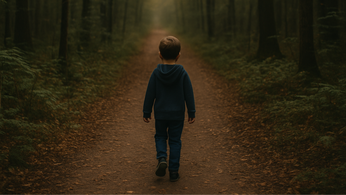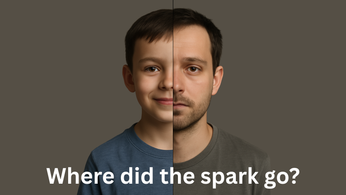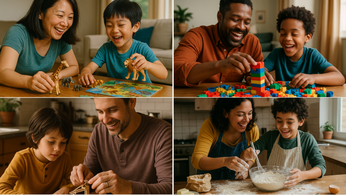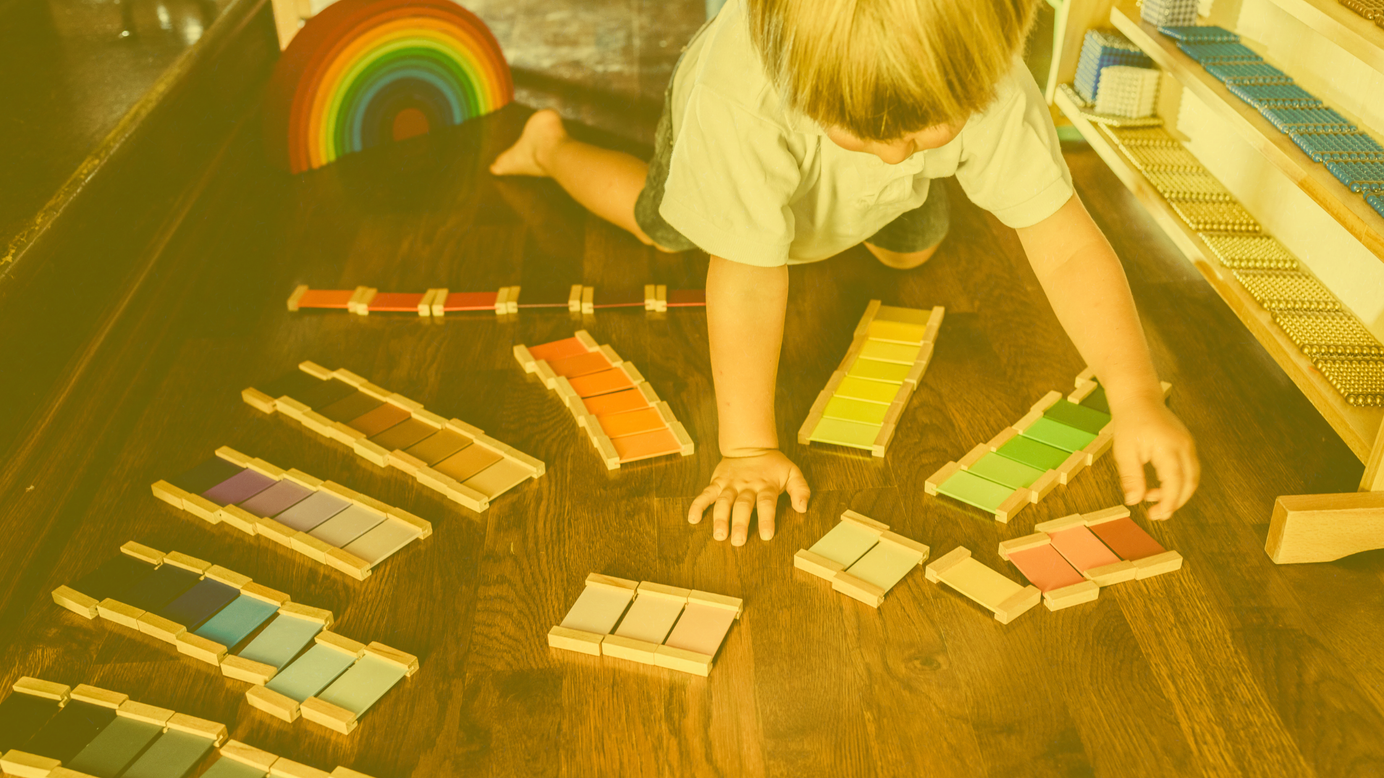
What Is Montessori? A Beginner’s Guide for Curious Parents
A candid, parent-friendly guide to Montessori—what it is, how it looks in action, and whether it’s right for your child.
[Early Childhood 🧸] • [Intelligence 🧠] • [Schools 🚌] • [Nurture 🌱] • [Insights 📊]
Before parenthood, I spent over 20 years immersed in teaching, curriculum design, and education ventures. But I didn’t really "get" Montessori until I saw it through my own children’s eyes.
If you're curious about Montessori but not sure where to start, you're in good company. This guide is here to walk you through the essentials—no jargon, no fluff.
So, What Is Montessori Education Really About?
Montessori education got its start in the early 1900s, thanks to Dr. Maria Montessori, an Italian doctor who believed deeply in kids’ natural curiosity and ability to learn. At its core, Montessori is about trusting children to take the lead in their learning.
Now, that doesn’t mean it’s a free-for-all. It means creating a space that encourages exploration, responsibility, and joy—where kids want to learn.
Sounds great in theory, right? But what does that actually look like in practice?
What Makes Montessori Different?
1. Kids Choose What They Learn—Within Limits
Kids aren't forced to do the same thing. Rather children pick activities that interest them. This fosters motivation from within, not pressure from outside.
2. The Classroom Looks (and Feels) Different
Montessori classrooms are kiddo optimized. They look and feel more like a creative studio than a classroom. Shelves are low. Materials are natural.
3. Younger and Older Kids Learn Together
Montessori classrooms mix kids across a three-year age span. Sounds chaotic? It’s actually the opposite. Older kids lead, younger ones learn, and everyone grows through trust and teamwork.
4. Teachers Guide, Not Command
Montessori teachers do more watching than talking. Their role is to notice when a kid’s ready for the next step—and quietly open that door—not run the show from the front of the room.
5. Learning Is Hands-On
Nothing in the room is random. The materials aren’t just toys—they’re designed to teach real concepts in a hands-on way. Most are self-correcting, so kids figure things out without someone jumping in.
6. Focus Time Is Sacred
Kids aren’t shuffled from subject to subject. They often have up to three hours of uninterrupted work time. This builds real concentration.
7. No Gold Stars—And That’s the Point
Montessori schools don’t rely on grades or stickers. The reward is the learning itself. Children develop pride in mastering challenges, not pleasing adults.
Montessori vs. Traditional Schooling
| Feature | Montessori | Traditional |
|---|---|---|
| Teaching Method | Child-led discovery | Teacher-led instruction |
| Classroom Structure | Mixed-age groups | Single-age classes |
| Learning Materials | Hands-on, natural | Textbooks, worksheets |
| Assessment | Observation, self-reflection | Grades, tests |
| Student Autonomy | High | Low |
| Teacher Role | Guide | Instructor |
| Work Periods | Long, uninterrupted | Short, scheduled |
My Brush with Montessori
When my son did trial days at a few Montessori schools in Saigon, something clicked. He came alive—completely lit up by the hands-on activities and freedom to move. He wasn’t just busy; he was engaged.
Ultimately, we chose a Nuri School (누리학교) in Vietnam, which is part of Korea’s national early childhood curriculum that blends structured play with bilingual learning in Korean and English—something that felt right for our Korean American family. But those Montessori visits? They showed me a whole new way of thinking about how kids learn.
Thinking About Montessori? Start Here:
- Visit a school in action. Take advantage of Montessori open houses.
- Ask about training. Be sure there are certified Montessori teachers.
- Expect fewer worksheets and more conversation. Kids will be encouraged to be kids.
- You can try it at home. Create an organized, clutter-free environment with child-sized furniture and accessible materials, encourage independence by involving your child in daily tasks, and follow their interests while limiting distractions to foster self-directed learning and responsibility.
Montessori Isn’t Just a Method—It’s a Mindset
Montessori challenges us to see children differently—not as vessels to be filled or test taking machines, but as capable individuals already on their own path. It nurtures the whole child, helping them grow in independence, compassion, and purpose.
For me, the core ideas of Montessori just make sense. It’s a no-brainer when it comes to early childhood education.
FAQ
What age is best to start Montessori?
Montessori programs can begin at birth, but most families start around 18 months to 3 years old.
Is Montessori only for preschool?
No. Authentic Montessori programs exist from toddlerhood through high school, though availability varies.
Can Montessori support children with special needs?
Often, yes. The individualized nature of the method can be helpful for a wide range of learning profiles. Talk directly with the school.
Are all Montessori schools created equal?
No. The term “Montessori” isn’t trademarked. Look for programs with AMI or AMS certification, trained guides, and multi-age classrooms.
Gifted Talented Families
A global village for families turning spark into significance


